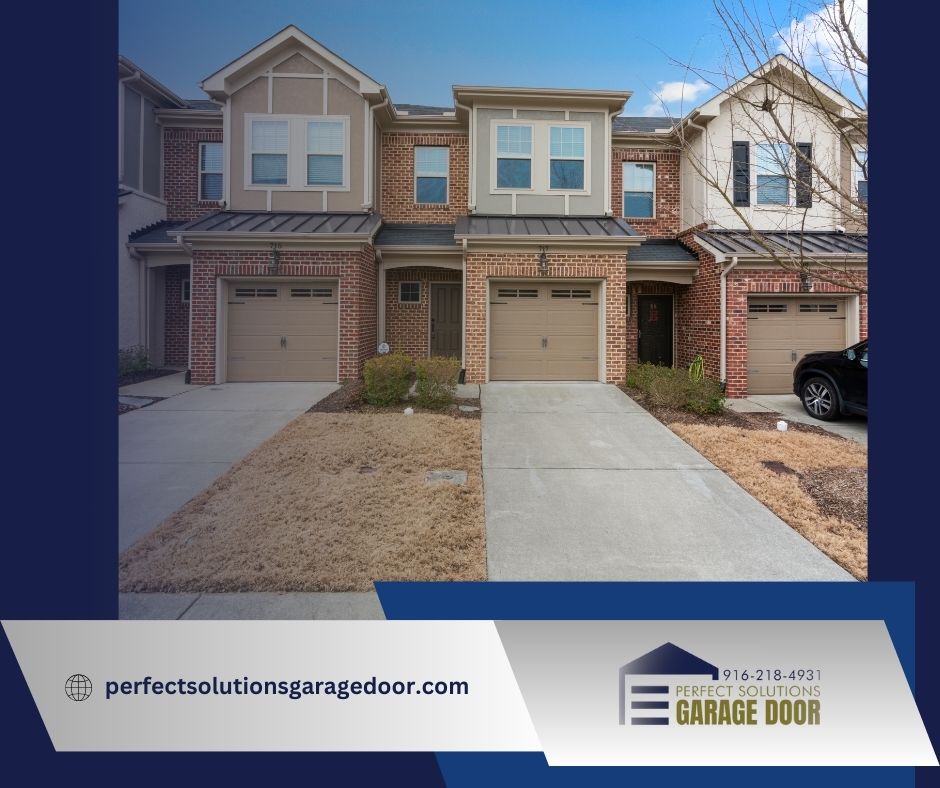In the realm of home maintenance, the ability to effectively troubleshoot common issues can foster a sense of self-reliance and community.
‘Solving Garage Door Problems: Effective Troubleshooting Techniques’ serves as a comprehensive guide, illuminating the typical problems one might encounter with a garage door service, and provides practical, detailed steps to rectify these issues.
Our objective is to empower you with the knowledge and confidence to tackle these challenges head-on, and in doing so, cultivate a sense of belonging in the wider community of do-it-yourself enthusiasts.
Let’s demystify the process of garage door troubleshooting together.
Identifying Common Garage Door Issues
To effectively troubleshoot garage door problems, it is crucial to first identify and understand the common issues that can affect its functionality. Predominant complications include obstructions in the track, misalignment of photo eyes, broken tension springs, or a malfunctioning remote control.
An obstructed track can prevent the door from moving smoothly, while misaligned photo eyes can cause it to stop or reverse unexpectedly. Broken tension springs can lead to a heavy, unbalanced door, and a non-responsive remote can make operation impossible.
Having a clear understanding of these typical problems provides a practical foundation for effective troubleshooting. This knowledge empowers you to maintain a safe, efficient garage door service, fostering a sense of belonging and confidence.
Practical Troubleshooting Techniques
Building on the homeowner’s understanding of common garage door issues, practical troubleshooting techniques can now be implemented to resolve these problems effectively and efficiently.
First, conduct a visual inspection of the door, checking for visible signs of wear or damage.
Next, perform a balance test by disconnecting the door from the opener and lifting it manually. If it doesn’t remain open halfway, the springs may need adjustment.
Listen for unusual noises which could indicate a problem with the rollers or hinges.
Test the safety features such as auto-reversal and photoelectric sensors. If the door doesn’t reverse after contacting an object, it’s a clear sign of malfunction.
Lastly, ensure the remote control and keypad are functioning correctly.
These methods provide a reliable foundation for diagnosing and addressing common garage door service problems.
Comprehensive Support for All Your Garage Door Repair Queries


